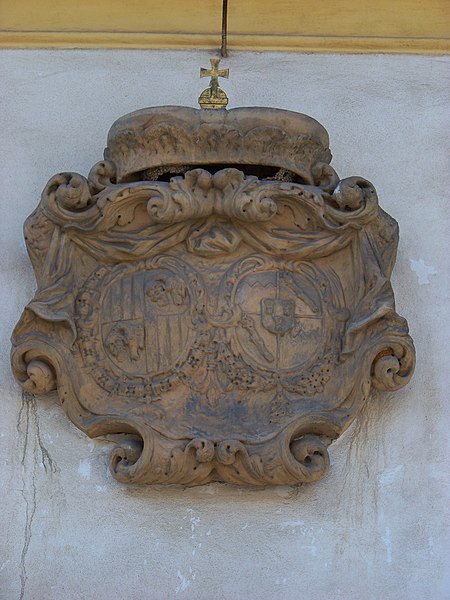Karl Philipp, Prince of Schwarzenberg
Karl Philipp, Fürst zu Schwarzenberg was an Austrian Generalissimo and former Field Marshal. He first entered military service in 1788 and fought against the Turks. During the French Revolutionary War, he fought on the allied side against France and in that period rose through the ranks of the Imperial Army. During the Napoleonic Wars, he fought in the Battle of Wagram (1809), which the Austrians lost decisively against Napoleon. He had to fight for Napoleon in the Battle of Gorodechno (1812) against the Russians and won. During the War of the Sixth Coalition, he was in command of the allied army that decisively defeated Napoleon in the Battle of Leipzig (1813).
He participated in the Battle of Paris (1814), which forced Napoleon to abdicate.
Portrait of the prince of Schwarzenberg
Portrait in uniform
The Battle of Hohenlinden, in which Schwarzenberg participated under the Archduke John of Austria. Though the battle was a disastrous defeat, Schwarzenberg, who commanded the right wing of the Austrian army, where able to retreat in relative safety in good order, thus saving the entire Austrian army.
Declaration of Victory After the Battle of Leipzig by Johann Peter Krafft. This painting depicts the aftermath of the Battle of Leipzig, in which Prince Schwarzenberg (on horseback) reports to Alexander I of Russia (right), Francis II of Austria (middle) and Frederick William III of Prussia (left) of the allied victory.
The House of Schwarzenberg is a German (Franconian) and Czech (Bohemian) aristocratic family, formerly one of the most prominent European noble houses. The Schwarzenbergs are members of the German and Czech nobility, and they once held the rank of Princes of the Holy Roman Empire. The family belongs to the high nobility and traces its roots to the Lords of Seinsheim during the Middle Ages.
Alliance crest on Jinonice castle
Ferdinand & Maria Anna
Alliance crest on Schwarzenberg Ducat, which was the own currency issued by the House of Schwarzenberg
The three last Princes of the primogeniture: Adolf (l.), Johann II (m.) and Josef III (r.)








